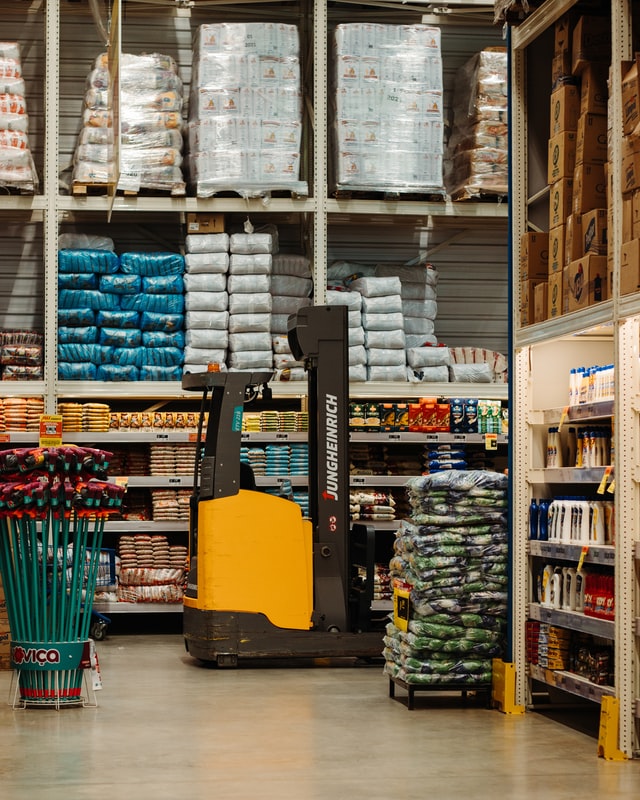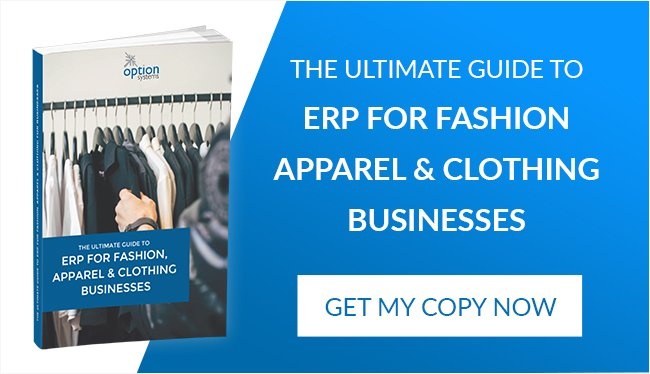
The fallout from Brexit may have been swamped by a global pandemic, but there are some concerns that businesses trading regularly with the EU are being forced to address with urgency. One of these is the confusion of import and export costs and the associated uncertainty within supply chains. Storing goods in an EU warehouse is a popular strategy for overcoming this, but how does it work, and what needs to be done to enable it? Read on to find out.
IOSS Limits
A particularly nasty thorn in the unfolding Brexit narrative is IOSS. Until July 2021, a helpful €22 VAT import exemption was in place, easing the transition process. Now, sellers will be charging VAT at the point-of-sale for orders expected to be under €150, known as the Import One-Stop Shop. The idea is that this will ensure customs transparency whilst speeding up clearance, two aspects that are currently leading to inaccuracies and costly delays. However, registering the IOSS in a single country raises problems for UK e-commerce exporters, as it raises the risk of paying additional duties.
Warehouse Location Matters
Many apparel companies are finding that they can reduce the impact of IOSS by leasing EU warehouse space. Rather than taking on an entire facility, this is often achieved with the help of freight forwarding experts with access to an extensive network of warehouse locations – on a subscription basis. When this strategy is implemented, goods can be moved between the UK and EU with enhanced efficiency, agility, and flexibility. However, without the correct software design, some companies are finding that their supply chain and inventory management models lack the versatility to adapt to the change.
Choosing The Right Software
In order to capitalise on the benefits of EU warehousing, software needs to be highly integrated, with seamless communication between ERP, PLM, and third-party software. The enhanced supply chain control leads to improved inventory management, faster delivery times, and greater transparency. In addition to advanced connectivity, the software also needs to accommodate a variety of models, expanding the choice of warehouse space and logistics management providers. When the architecture is agile, the result is a continent of spaces to store inventory far away from UK borders.
The STYLEman Solution
STYLEman ERP has been specifically designed for, and tested in, international footwear and apparel arenas. Among the benefits are paperless warehouse management, enabling organisations to manage their operations remotely, as well as improved supply chain coherence. The versatility of the STYLEman ERP system allows companies to move inventory effortlessly between warehouses anywhere in the world, including making use of the lucrative spaces in the EU. Furthermore, its automated features are aware of the countries within which you are registered for VAT and ensures that the correct VAT is applied or similar administrative requirements.
What Next?
Brexit has caused challenges, but it is also an era of diverse opportunities for companies with the confidence to embrace creative solutions. STYLEman ERP can turn innovative ideas into a reality, so to learn more about how to unlock versatility in your e-commerce apparel business, please get in touch today to arrange a free product demonstration.
Image source: Unsplash


